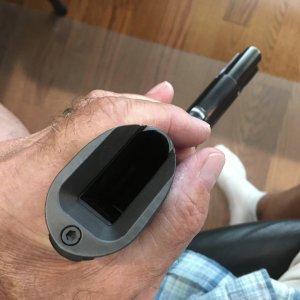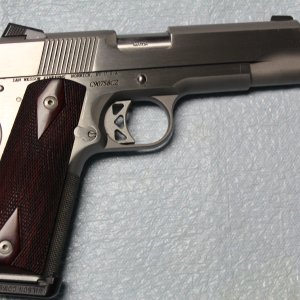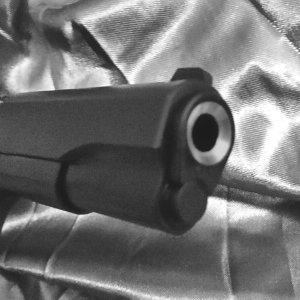Bender
Well-Known Fanatic
So there has been a great deal of discussion about MIM, forged & machined bar stock parts in recent years. It seems many nearly cringe when MIM is mentioned for a 1911 part.
I wonder why that is? I've seen MIM aircraft parts for years. The process was first used in the aerospace industry in the late seventies. So this is not a new method of manufacturing. I'm puzzled as to why it's so looked down upon.
General Electric Aviation engineering division recently created an engine fuel nozzle. Standard manufacturing techniques could not be used to create the intricate shapes and passages of the design. The closest they could get was to make the nozzle in 21 seperate pieces and micro laser weld these together. Even then, the flow data was not meeting the requirements. They created this new nozzle using a rather new technique called additive manufacturing. The name is derived from the manufacturing technique of adding material, vs machining away material from a billet, casting to forging to create the part. This is basically powdered metal that is laser welded together to produce a perfect nozzle that requires no machining, think of a 3d printed part.
Will we soon be complaining about additive manufactured parts in future weapons and possibly 1911s?
I wonder why that is? I've seen MIM aircraft parts for years. The process was first used in the aerospace industry in the late seventies. So this is not a new method of manufacturing. I'm puzzled as to why it's so looked down upon.
General Electric Aviation engineering division recently created an engine fuel nozzle. Standard manufacturing techniques could not be used to create the intricate shapes and passages of the design. The closest they could get was to make the nozzle in 21 seperate pieces and micro laser weld these together. Even then, the flow data was not meeting the requirements. They created this new nozzle using a rather new technique called additive manufacturing. The name is derived from the manufacturing technique of adding material, vs machining away material from a billet, casting to forging to create the part. This is basically powdered metal that is laser welded together to produce a perfect nozzle that requires no machining, think of a 3d printed part.
Will we soon be complaining about additive manufactured parts in future weapons and possibly 1911s?
Last edited:








